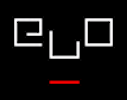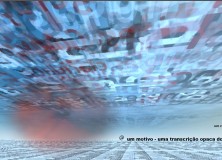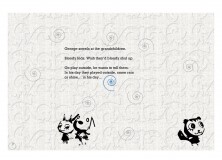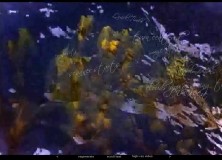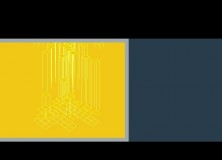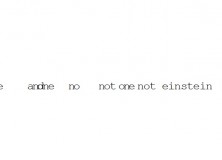Your cart is currently empty!
January 2010
-
Poemas no meio
by Rui Torres. Poemas no meio do caminho, written in Portuguese, is a poetry project that offers the reader different reading possibilities, depending on her navigational decisions. There are two… Read more.
-
Tailspin
by Christine Wilks. From birdsong to video game music to the ringing sounds of tinnitus, sound is at the core of Tailspin as both theme and structural device. A story… Read more.
-
Entre Ville
by J.R. Carpenter. Entre Ville is J.R. Carpenter’s affectionate and keenly perceptive homage to her former Montréal neighborhood, Mile End, and its many inhabitants. With poetic text framed by videos… Read more.
-
slippingglimpse
by Stephanie Strickland, Cynthia Lawson Jaramillo, and Paul Ryan. slippingglimpse is a verbal-visual collaboration between a poet, programmer, and videographer. Each of the ten parts consists of a video of… Read more.
-
Wordscapes and Letterscapes
by Peter Cho. Letterscapes is a collection of twenty-six interactive typographic landscapes, encompassed within a dynamic, dimensional environment. Wordscapes is a collection of reactive one-word poem landscapes, one for each… Read more.
-
Ah
by K Michael & Dirk Vis. Ah articulates a simple paradox of reading animated digital literature, which is that the eye, and by extension the mind, often has no sense… Read more.
-
The Sweet Old Etcetera
by Alison Clifford. The Sweet Old Etcetera is an interactive web project based on the poetry of E. E. Cummings. E. E. Cummings’ poetry is highly visual, playful and experimental.… Read more.
-
The ELO Directory returns 010110
ELO welcomes 010110 (decimal 22) with a special announcement: The framework for the Electronic Literature Directory version 2.0 is now online: http://eld.eliterature.org/ Think of this as an open house in… Read more.
